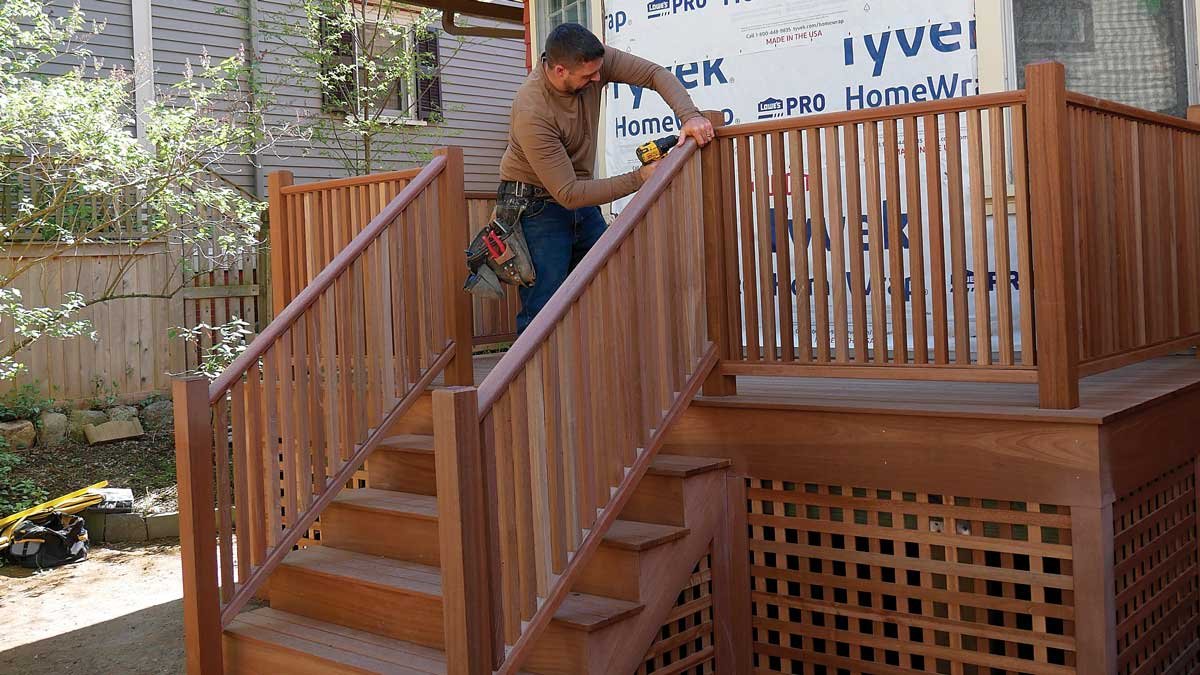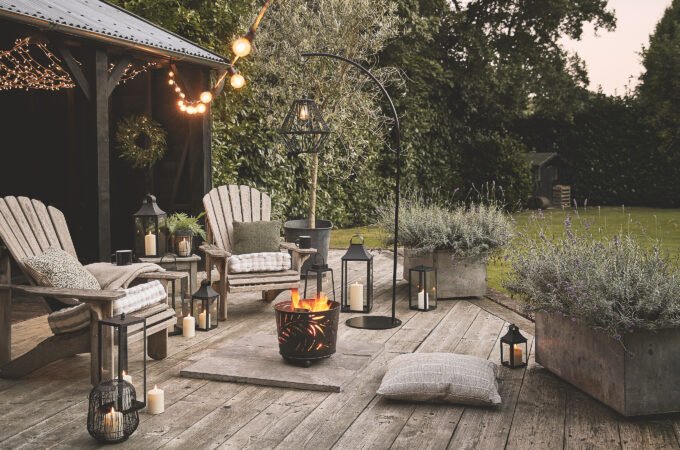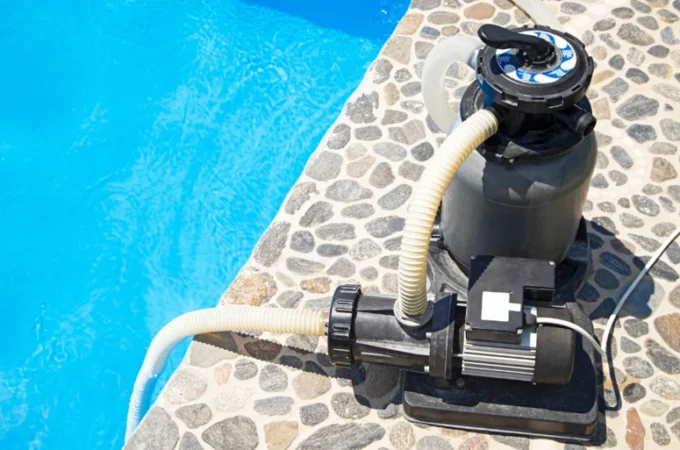
How to Choose the Perfect Outdoor Stair Railing
Every year, stairs cause many injuries, with over a million incidents reported globally. Stair-related injuries are even ranked as the second most common accidental injury in the US.
In light of this serious reality, having outdoor stair railings, especially on concrete steps, is incredibly important. They aren’t just practical additions but vital protections against potential harm.
This guide will explore the details of choosing the perfect outdoor stair railing. It will cover options, rules, materials, and safety considerations to create a secure and visually pleasing outdoor environment. Let’s start with a crucial question:
Table of Contents
ToggleDo You Need Railing for Concrete Steps?
Concrete steps can be risky, contributing to stair-related injuries. Even if you don’t need a railing, local building codes might require it. Stair safety rules have evolved to reduce accidents, making handrails essential for safety.
Building codes usually require railings when there are two or more “risers.” The terminology “riser” refers to the vertical part of a staircase.
Adherence to these codes is frequently obligatory for new constructions or substantial renovations that undergo inspection.
How High Should I Install My Railing for Concrete Steps?
For the right outdoors stair railing for your concrete steps, measure the steps at their highest point. The handrail should be about 36 inches tall, with a minimum of 30 inches.
You should know your stairs’ dimensions, including the number of steps, height, and length before you order the correct type of railings.
Precisely measure from the lowest step to the highest step and the height of each step. This measurement process is crucial to determine the total height of the handrail. It ensures the choice of handrails is the most fitting for your stairs.
Railing Materials to Consider
Various materials are available for outdoor stair railings, each with its advantages. Here are some popular materials to consider:
1. Wrought Iron
Wrought iron railings are exceptionally durable. The best part is that it can be customized to various sizes and shapes.
Their malleability allows for intricate designs. These factors make them a versatile and attractive option. You won’t need to compromise with the aesthetics of your house when you go for wrought iron railings outdoor.
2. Aluminum
Aluminum railings are suitable for locations where temperature varies in extreme. This is because they do not rust in rainy or humid conditions. Aluminium is a great choice for durability and resistance to environmental elements.
3. Wood
Wooden railings provide elegance and can be customized to match your home’s interior design. They are contemporary, robust, and sturdy.
4. Steel
Steel railings, especially those made of 304 and 316-grade stainless steel, exhibit durability and versatility. The decision between the two depends on considerations such as environmental conditions. For instance, 316-grade steel is better suited for challenging environments.
Tips for Choosing Outdoor Stair Railings
Now, if you are wondering how to choose outdoor railings. Consider the following:
1. Prioritize safety!
Select railings that prevent falls and offer support. This particularly benefits children, the elderly, or individuals with limited mobility. Ensure a minimum height between the stair nose and the railing.
2. Choose Railings That Harmonize With Your Home Design
Consider colors, shapes, and styles that complement your property’s aesthetic.
3. Safety on Stairs with Bends or Corners
Opt for railings that seamlessly follow the curves of stairs with bends or corners. This choice ensures safety and stability, especially for individuals who may be less agile.
4. Pay Attention To Types and Materials
Select materials like wrought iron, aluminum, or stainless steel that provide ample grip, enhancing stability and certainty.
5. Choose The Ideal Height
Hang the railing at hip height for optimal safety. Consult with professionals to determine the most suitable railing type, material, and height based on your specific requirements.
6. Consider the Installation Spot
The type of mount (direct wall fixture, fascia mount, or floor mount) should be based on the sturdiness required for your specific outdoor environment.
7. Consider the Size and Strength
Factor in aspects like durability, strength, and the need for regular maintenance to ensure longevity while choosing the material.
8. Pick a Design That Matches Your Home
Select a design that complements the overall aesthetic of your home. Consult with outdoor railing experts for customized designs. You can also choose pre-designed options that align with your preferences.
9. Set Your Budget and time frame
Determine your budget based on design choices and installation timelines. Pre-designed options are budget-friendly and quicker to install. However, if you want customization, it may require more time and investment.
10. Know Community Rules and Regulations
Check local regulations regarding the height and type of outdoor railings allowed. Ensure compliance with community guidelines to avoid any legal issues.
Conclusion
In conclusion, choosing the perfect outdoor stair railing involves considering safety, materials, design, and compliance with local regulations. You can enhance your outdoor spaces’ aesthetic appeal and safety by carefully evaluating these factors.
Focus on safety and adhere to regulations. Make a thoughtful choice for a visually appealing and secure outdoor space.






